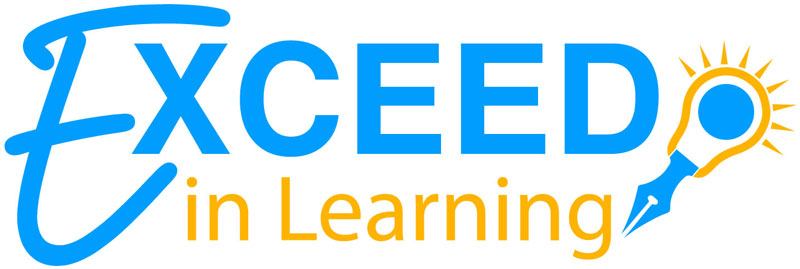Every parent wonders when they should introduce letter names to their child. Should children learn their letters in pre-school when learning the traditional ABC song or should it be during phonics instruction?
Timing of letter introduction is important, but figuring out *when* that time is, can be tricky. This timing is based more on the child’s developmental level rather than a grade level or age. Letters are essentially symbols that stand for sounds in the English language. These letters don’t mean much without knowledge of sounds. Think about different languages of the world… different characters that mean nothing to native-English speakers represent specific sounds for those cultures. Combine several of these sounds together, and words are created.
As we have discussed, letter names are essentially symbols and don’t correspond with the sound of each letter. Due to this, the traditional ABC song doesn’t have as much value as we may think. It helps with different skills, such as putting words in alphabetical order. Children learn how to sing this song, but it doesn’t help them recognize letters in isolation, nor how to use them to decode words.
Most parents teach letters to their children at an early age. They may use flashcards, puzzles, games, etc. If the letter names themselves don’t serve many purposes, why don’t we teach the sounds and letter names together? Typically, the reason behind this is because linking a letter name, the look of the letter, and the sound of the letter together is a difficult task for young children. This is why we typically break things up. We try to take it one step at a time. But does this method actually help our child in the long run?
So, what is the best way, you may ask? When a child is getting ready to read, he/she will need to learn letter-sound correspondence for reading and spelling. Rather than drilling letter names, parents can approach this with a phrase such as, “When you see this letter, you say….”. The same goes for writing. “When you hear this sound, you can write this…”.
Believe it or not, teaching the names of letters actually confuses some children. When learning how to blend the word “d-o-g”, some children actually say “deeohguh”. In this case, the child is just using what they know to try and sound out this word. They know what each letter is, so in their mind, they just put the names of the letters together, and voila! However, we know that this is not how people read. We use the sounds to read, not the letter names.
Additionally, some students substitute different sounds for letters. For example, when blending a word with the /w/ sound, some students will say /d/. Why? This is the letter “double you”. This is what has been drilled time and time again, so it only makes sense for them to use this sound with the letter W. For the letter Y, some students pronounce this as “wuh”. Again, this is how the letter name for Y is pronounced – “why”. Another misconception that occurs when children are taught the letter names first is that all words have a long vowel sound. The most common method to teach phonics is to teach short vowel sounds first, but most students will substitute a long vowel sound – since those are the letter names they have learned. So, as you can see, this can be very confusing for children.
As you are working with your child, teach letter names when they are needed. When different spellings arise, such as what we talked about in our blog last week, you will need to differentiate letter names – ie – igh, etc. We have to discuss these because there are 44 different sounds but only 26 letters. Children will start to understand that some sounds are created because multiple letters are put together.
By teaching letter names and sounds together and focusing on different ways to spell the same sound, this will help your child find success with reading.




